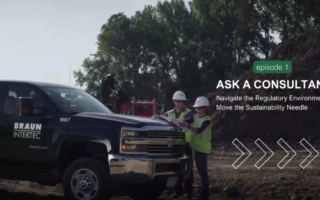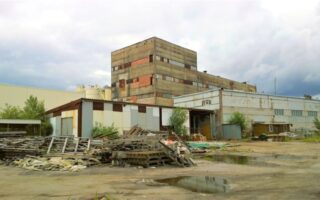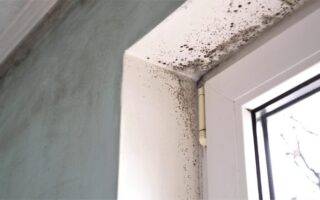When the Resource Conservation and Recovery Act (RCRA) was initially signed into law in 1976, it largely and rightly focused on the more easily distinguishable chemical wastes generated by industrial facilities. Where most waste streams generated by the average industrial facility are predictable, those from hospitals and healthcare facilities are far more varied in type and amount. Additionally, the protocol for identifying, managing and disposing of them properly can be especially complex. To help address the complexity of these regulatory compliance requirements for one particular hospital and healthcare facility waste stream — pharmaceuticals — the United States Environmental Protection Agency (EPA) adopted on August 21, 2019, the Management Standards for Hazardous Waste Pharmaceuticals. Below are just a few of the major changes taking effect that are intended to provide greater clarity and consistency in managing hazardous waste pharmaceuticals across states:
Waste Determinations
Hazardous waste pharmaceuticals are generated by many different employees working in a typical hospital or healthcare facility. These pharmaceutical wastes can be found in forms such as tablets, pills, liquids, lozenges, creams, IVs, transdermal patches, etc. A fundamental baseline RCRA responsibility requires that the generator of these wastes (i.e., the hospital and/or healthcare facility) make and retain a record of their waste determinations. Essentially, each and every pharmaceutical waste or waste stream needs to be evaluated to determine if it meets the definition of a Hazardous Waste Pharmaceutical or not. A major portion of the new RCRA rule change attempts to clarify aspects of the waste determination procedure for pharmaceuticals, however, this process is still beyond the expertise of most healthcare facility employees. Furthermore, the generator needs to apply this waste determination process to all of the hundreds (if not thousands) of chemical wastes and waste streams generated by their laboratory, plant operations, imaging, sterile processing and all other departments in their facility.
Generator status
Under the new rule hazardous waste pharmaceuticals (including acutely-hazardous wastes otherwise known as P-listed wastes) when managed in compliance with the new rule will not count toward generator status. This change will greatly benefit hospitals and healthcare facilities by reducing compliance requirements. However, it is important to note that hazardous waste monthly volumes from other areas of the hospital or healthcare facility such as flammables, corrosives, solvents and other non-pharmaceutical hazardous wastes, will still be used to determine generator status.
Sewering ban on pharmaceuticals
An additional change that became effective immediately on August 21, 2019 across all states is the ban that prohibits the sewering of hazardous waste pharmaceuticals (note that the term “hazardous waste pharmaceutical” is also defined in this recent revision of RCRA) and applies to all generators, regardless of generator status. This ban does not affect nonhazardous pharmaceuticals nor controlled substances that fall under Drug Enforcement Agency regulations. However, the EPA has made it clear that sewering of any pharmaceutical waste is strongly discouraged.
These are just a few of the many changes the final Management Standards for Hazardous Waste Pharmaceuticals has set forth but you must note that regulatory changes from the EPA’s passage of the Hazardous Waste Generator Improvements Rule in 2017 are also coming into full effect across the country. Each of these federal RCRA changes and the corresponding (and often more strict) state and local hazardous waste regulations significantly impact hospital and healthcare facility hazardous waste generators.
Contact our environmental consultants
If you have questions regarding the regulations and management standards for hazardous waste pharmaceuticals, please fill out the form to the right.




